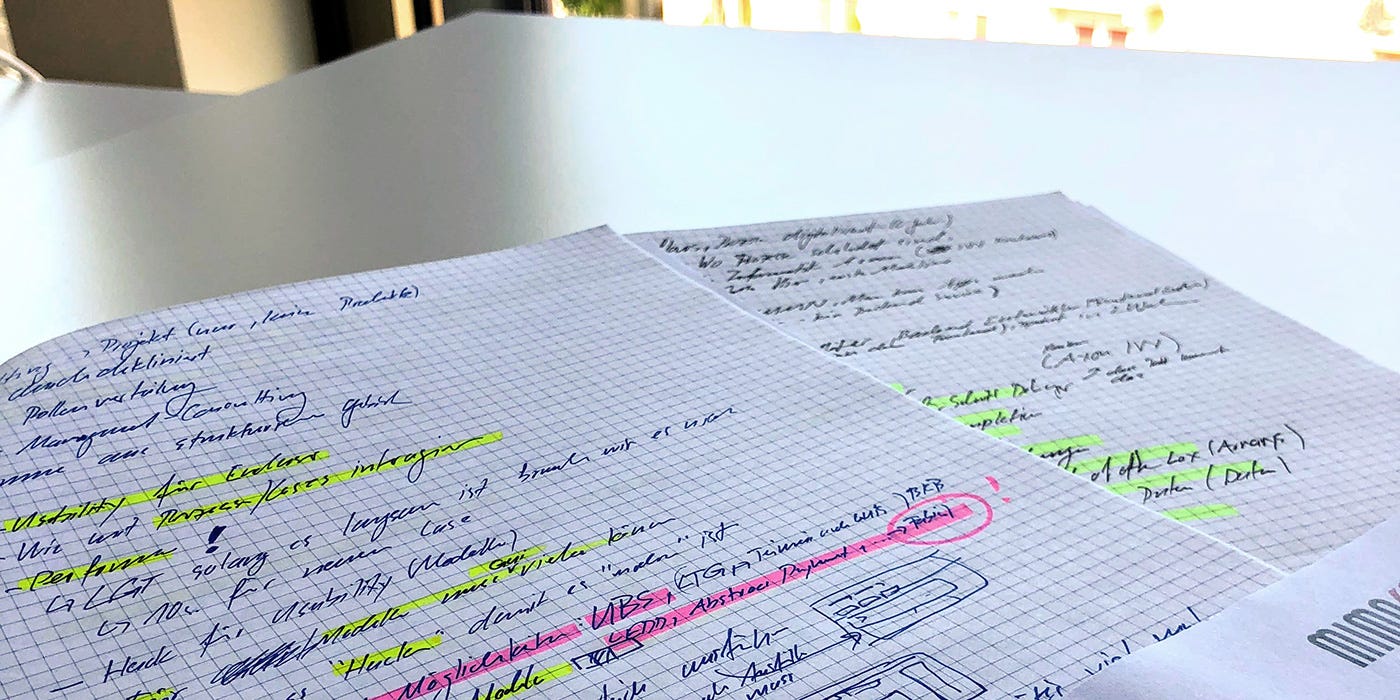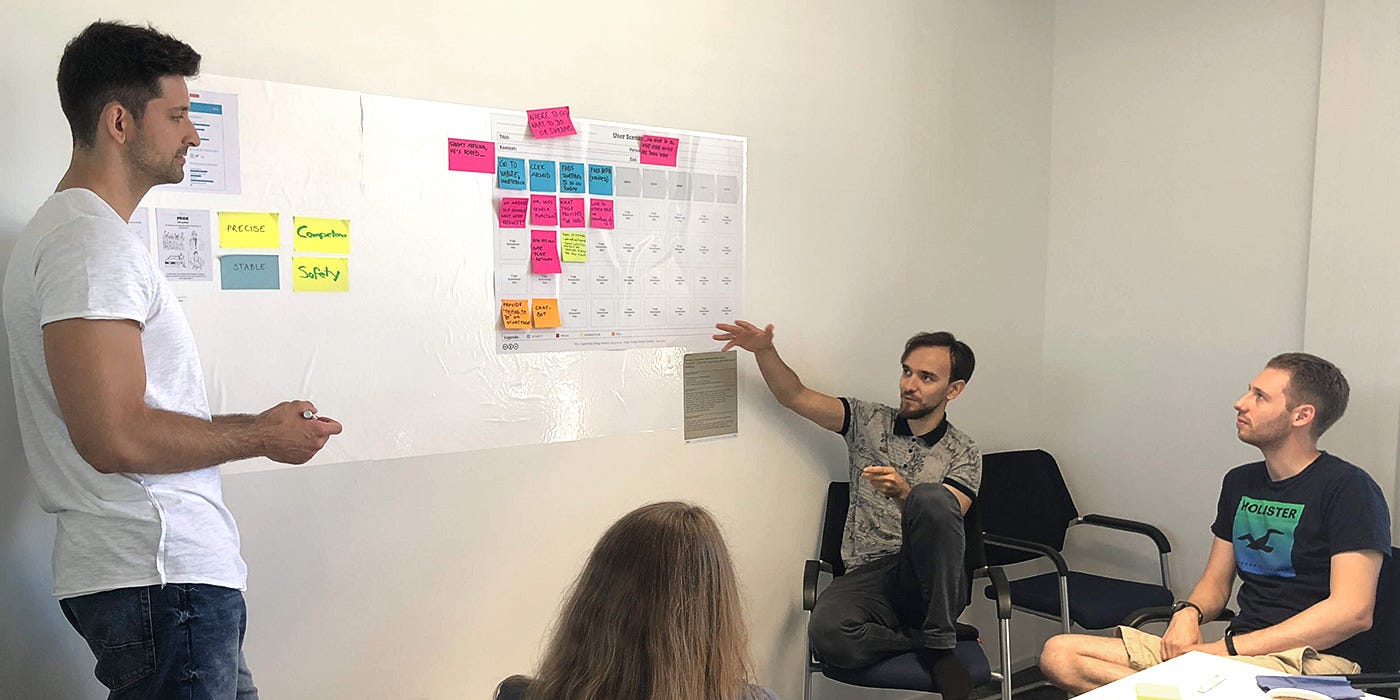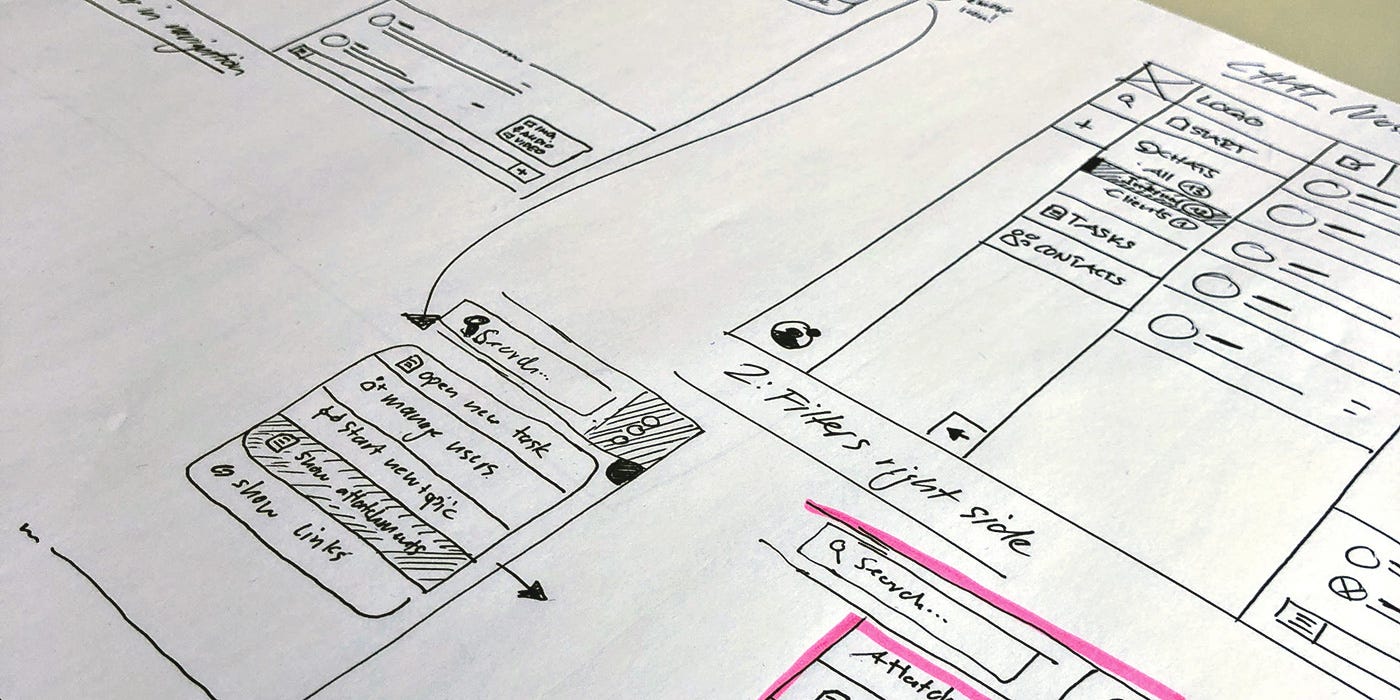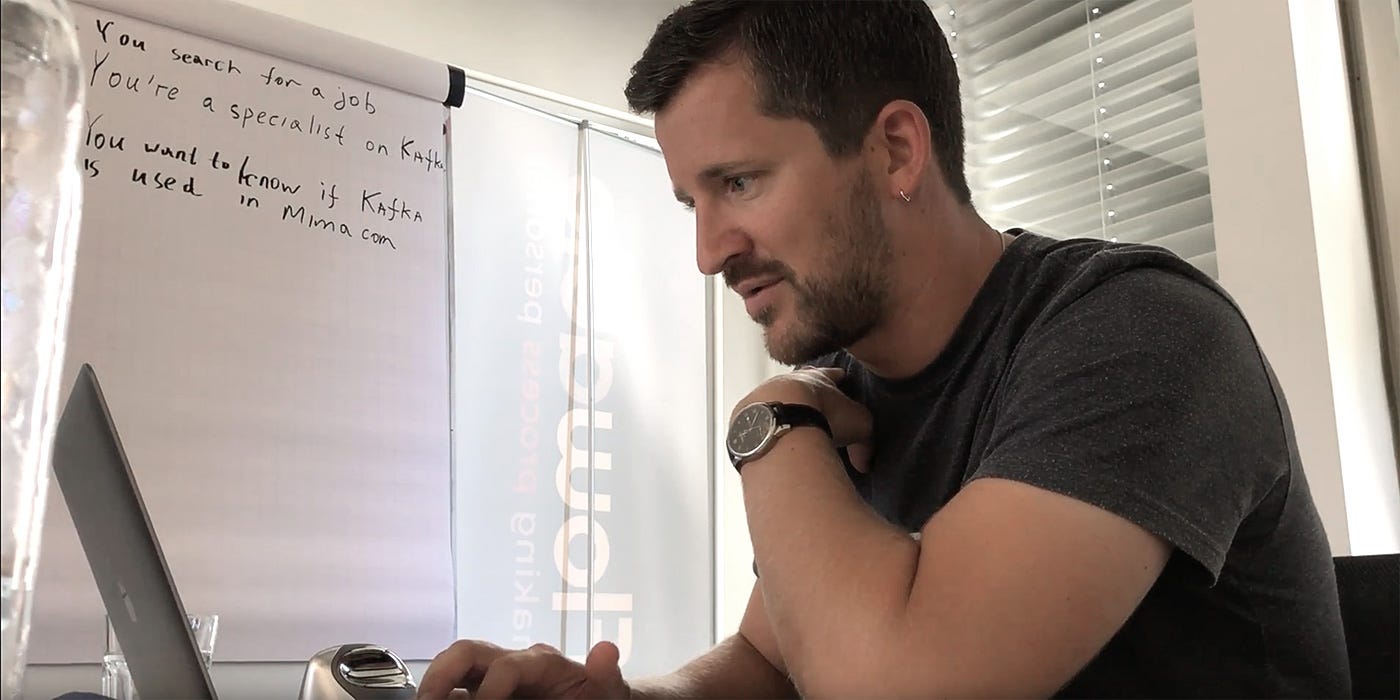Daily adventures of a UX Designer
Building and conveying a human centered design process and mindset within a technology company.
The purpose of this article
All of you who are the only User Experience Designer within your company, maybe you know how tricky it can be to convince the team, the management and other participants of the company to focus more on the user and to practise a human centered design approach — it is even more difficult to convince the client.
My company recognized that need from a business and also from the competition point of view and so they were looking for a User Experience Designer. In early 2018 they hired me.
The change
In February 2018 I made a change. As a User Experience Designer I’ve decided to step into the software and technology industry and so I did a career change into that area. That’s the reason why in the past ten months, I had the pleasure to meet a lot of cool and smart people with a lot of experience in the tech industry.
At mimacom we are two User Experience Designers among a large team of 300 people which collaborate together worldwide. Most of these 300 minds are Software Developers and that’s why this article is a reflection of what questions and discussions I’ve had in the last ten months with mostly — developers or technology driven minds.
For clarification: As an open source software company, the UX services may vary from customer to customer and as we are only two User Experience Designers, we are responsible for all tasks during the process and not only a specific part. That means we’re going through all the steps (or a couple) in the process of a human centred design (understand, specify, design, evaluate).
Conversations between team members and user experience designers
“Can you code your designs?”
The most asked question was without a doubt is the question if I can code my static generated stuff. During our lunch I’ve had an interesting discussion with several developers and scrum masters. They had a strong opinion that a User Experience Designer should code or at least understand code. I’ve asked them if they heard about the “T-shaped skills?” and explained it to them.
“I’ve heard of UX Designers but I thought they were a myth.”
During my morning coffee at the office I had a chat with a software developer. I was drinking my coffee and he came across for a coffee as well and we started talking. While we were talking he noticed that I’m not a web developer nor a software engineer and he started wondering about my job title. I’ve told him that I am a User Experience Designer and explained him on what issues I was working on right now. He was really excited to hear about all my responsibilities and after a small chit chat with me, we both got back to work. In the end he said:”Well, finally I’ve met a UX Designer. I always read and heard about them and thought they were a myth.”
“Can you do the UI quickly?”
On a project I had the pleasure to come up with the navigation concept for a business application. I did some explorations and showed my result to the team in form of wireframes. After a couple of iterations, everybody agreed on the proposed solution and the developers started to code the early wireframes.
Then — I’ve didn’t hear anything in a while something from the project — the
project manager stood at my desk and asked me if I quickly could do the UI. I
answered: “Sure but I don’t know if it’s going to be — quickly”. He replied:”
Maybe — not a problem at all, in a couple of hours it should be done.
I’ve
jumped to the frontend developer and together we started to style the wireframe
looking UI. I suggest how UI components should look like and he wrotes the CSS,
till I realized, that they assumed that the wireframes are the final state and
it should only be “painted on”. We stopped and I explained to them that
wireframes are purely functional and that they would need another iteration till
the developer could start style them and before that we needed to test it with
users to see if we were right.
But what can you expect from a User Experience Designer then?
A software engineer writes elegant code and delivers a major part of a product. A project manager fosters client connections and delegates team members. A requirements engineer collects all the requirements from a business and a technical perspective.
But what added value does a User Experience Designer provide? Here are a A couple of my personal opinions.
My opinions are leaned on a human centered design approach. I find them a good fit because they’re like a signpost that you look for, especially as a UX Designer.
1. Understanding
He is able to immerse in a foreign domain and understands the problem from a business and user perspective. He knows how to set up a project plan with a project manager, client advisor, sales management or scrum master together which put the user and his problem in the center and which methods are suited best for the project.
Possible methods: Contextual inquiry, interviews, user diaries, expert reviews.
 Notes from my interviews with stakeholders.
Notes from my interviews with stakeholders.
2. Defining
Once a project plan is set, he knows how to run workshop and involve the team as well as stakeholders and the client. The reason we do workshops is that everyone can participate, has a shared knowledge and feels picked up. Together with the team, stakeholders and clients he defines the next steps and reaches consensus within all participants.
Possible methods: Personas, user journey mapping, user scenarios, use cases, use case models.
 A workshop with the team — Iurii (Frontend Developer) Arik (Frontend Developer)
and Cornelia (Requirements Engineer).
A workshop with the team — Iurii (Frontend Developer) Arik (Frontend Developer)
and Cornelia (Requirements Engineer).
3. Ideas
When the needs of a user are clear, the User Experience Designer steps into the concept phase or ideation. Sometimes this can be purely workshop driven exercises to create early sketches/wireframes together with the team and stakeholders. Sometimes he creates wireframes and prototypes and present them to the stakeholders or the team. It always depends on the needs.
Possible methods: Wireframes, interactive prototypes, design studio.
 First interaction patterns and ideas sketched down on paper.
First interaction patterns and ideas sketched down on paper.
4. Verification
The most innovative idea is nothing worth, when the user doesn’t understand it and can’t use it. That’s why a User Experience Designer creates test scenarios and conduct user tests. In this last step, we check how exactly we were with our assumptions. If we need to change some parts we do so and test it again.
Possible methods: User tests, usability lab, surveys.
 A potential user is testing an early prototype.
A potential user is testing an early prototype.
Conclusion and tips
- There is no process that fits for every project or problem — No process is set in stone. Get familiar with concepts like goal directed design, human centered design, lean ux, agile, scrum (…) and study them. Find out which parts works best for your company and your project team. Learn and evolve the way you work together.
- More team members and stakeholders means more communication. Take this responsibility and talk the people you need to. Get the important stakeholders in a room, communicate in a clear and straight way. If you work in different time zones, meet virtually and talk to each other about solutions, ideas and challenges.
- When it comes to change the mindset of your company and your management remember this: A large company is like a titanic and a small startup is like a speedboat. The titanic needs more time to change the direction and strategy they were heading so far. A speedboat is way more flexible and faster in changing his direction. Hold talks about methods, successful projects and educate your team. Be patient and kind.
- Improving UX and human computer interaction design methodologies and processes is a never-ending story and there is always friction but that’s normal — Be an evangelist and go for it!
Literature
If you want to dig into UX and methodologies that may help you how to elaborate a truly good UX process in your company or team, I can highly recommend you this books:
- Cooper, A. (2014): About Face: The essentials of Interaction Design. 4h Edition. Wiley
- Goodwin, K. (2009): Designing for the Digital Age: How to Create Human-Centered Products and Services. Wiley
- Baxter, K., Courage, C., Caine, K. (2015): Understanding Your Users, 2nd Edition, A Practical Guide to User Research Methods, Morgan Kaufmann